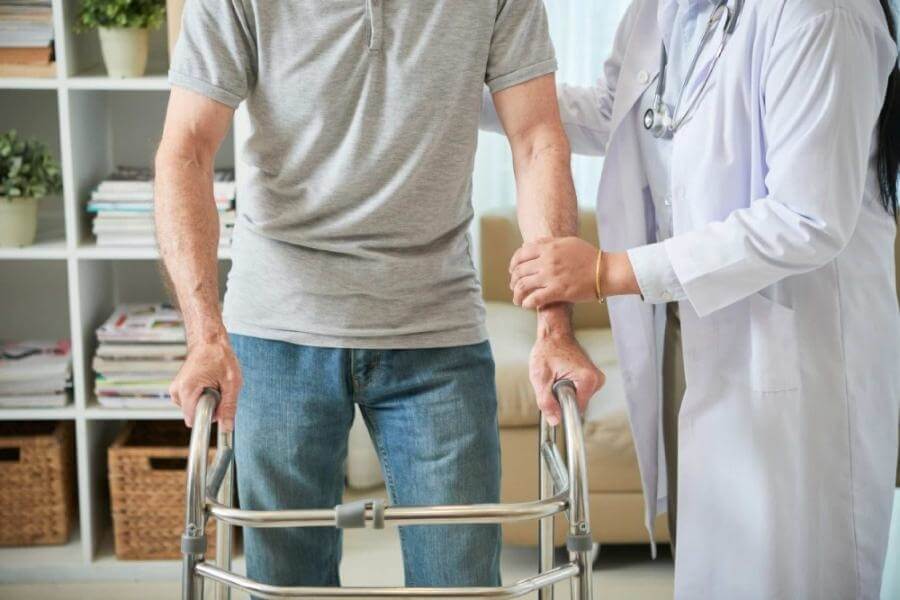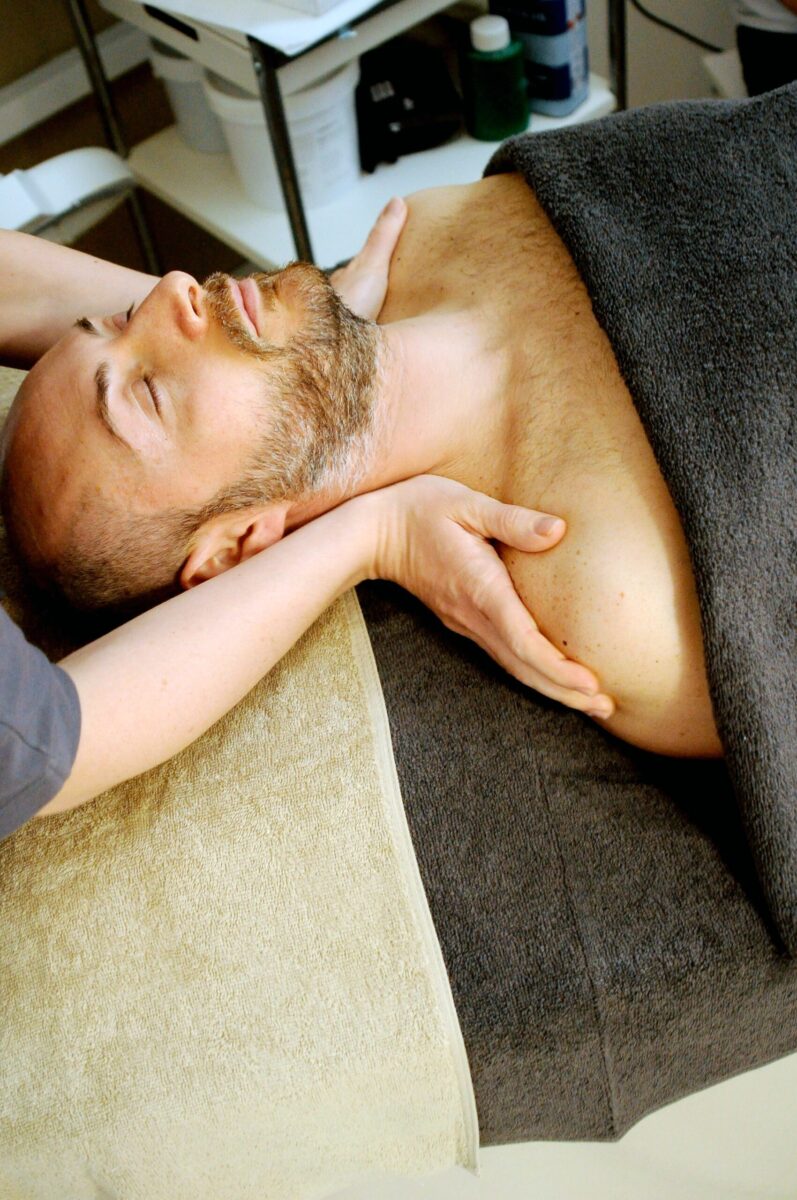Physical Therapy from UCLAHHC
Nothing can be quite so depressing for a person as the loss of their physical capabilities. To maximize health and happiness, people need to be able to move about, which is why home health care organizations like UCLAHHC recommend physical therapy for the benefit of our clients.
Strength, flexibility, and movement are not just about one’s physical capacities. Being able to move is necessary to care for one’s self, and a sense of self-sufficiency is a large component of one’s mental health.
Being able to walk, leverage out of a chair or a bed, and carry objects reduces a person’s reliance on others, and exercise helps the mind as much as the body, resulting in a better outlook on life in addition to better health. Our physical therapists, then, are a necessary component of the care we offer.
Who Can Benefit?
Everyone who needs assistance at home can benefit from the attention of one of our qualified physical therapists:
Surgery often results in highly sensitive and pained parts of the body. And a patient who engages in too much activity after surgery may damage their bodies or accidentally tear our surgical stitches and staples. One of our physical therapists can advise the patient on how to move safely without risking undue pain or post-surgical complication.
Illness can leave a person bed bound for a long time. Even after the illness is defeated, the survivor may be left with a body that is weak from the depredations of disease and underused. Physical therapists can ensure that the patient recovers his capabilities gradually without suffering complete enervation.
Nobody is immune to aging, but aging does not have to result in feebleness. An exercise regimen tailored to the patient’s specific needs can slow decline and maintain strength, giving elderly patients a long time to be self-sufficient and ambulatory.
An injury can leave a person with an atrophied or disabled limb. Our therapist will make an exercise regimen that will help the patient regain strength in the affected area.
In all cases, the benefits of physical therapy are clear. Patients who make use of our therapy professionals recover from illnesses and injuries quicker, they can do more for themselves, and they have better mental health and even better social lives.
Each patient is different, and our physical therapist must know the patient’s diagnosis and capabilities before making a personalized exercise regimen for her. The exercise must be carefully tailored to the patient: if it’s too easy, it won’t build her strength and will just be a boring waste of time; if it’s too difficult, the patient will get discouraged and might risk injury. Working with the nurse and the other members of the health care team, our therapist will ensure that everyone knows the patient’s exercise plans and what her goals for therapy are.
Hands-on with the Physical Therapy Aide
For some patients, simply assigning exercise routines is not enough: they need hands-on help to regain control of their bodies. In such circumstances, a physical therapy aide might be called to the front to directly assist patients in moving their bodies.
For patients who are bed bound, a top concern is pressure ulcers, also known as bedsores. These are common complaints among low-mobility patients who struggle to reposition themselves, and until the patient regains enough strength to shift himself, then outside assistance is needed to move the patient in bed. The physical therapist will set a schedule by which to shift the patient, then family caregivers and our visiting home health aides can help the patient adjust position, minimizing the likelihood of pressure ulcers.
Position and posture are also a big component behind the ease—or difficulty—of swallowing. Nobody finds it easy to swallow when completely horizontal, but a patient with low mobility might not be able to stand up and walk to the dinner table, either. In such cases, the physical and speech therapy coincide, and our dedicated therapists from both fields will work together and consult with the patient and the family to decide on the optimal posture for the patient to take during mealtimes, balancing ease of swallowing with the patient’s level of comfort.
Leaving the bed after a long period of inertness might just be the most difficult thing a person can do. Doing so is a huge yet delicate step in a patient’s recovery, and it must be handled with extreme care. Despite the risks, we encourage all desires to get out of bed, as this will improve the patient’s further recovery, comfort, and mental balance. The physical therapist will help the patient exercise her legs before leaving the bed to regain some muscle that has withered away during recovery, but the only way to truly build muscles used in walking is to walk. Very slowly and carefully, in tiny degrees, with supporting hands all around, a previous bed bound person can regain the ability to walk. It is a very gratifying sight for us at UCLAHHC to witness.
Compared to Occupational Therapists
People who have lived their whole lives as hale and hearty individuals perhaps have little cause to ponder the distinction, but physical and occupational therapy are two different but complementary disciplines. In broad strokes, our physical therapists help with gross motor control, and our occupational therapists help with fine motor control.
Our physical therapists help patients move their bodies. They focus on developing strength, balance, and range of motion, allowing the patient the greatest possible level of independence. They help patients move, whether the patient’s goal is to adjust herself in bed or walk down the stairs unassisted.
On the other hand, our occupational therapists concentrate on the specific activities that a patient would like to perform. Activities that don’t require a great deal of strength, such as grasping utensils or dealing a deck of cards, can become exceedingly difficult because of aging, illness, or injury. Thus, our occupational therapists identify the specific actions the patient would like to do, then helps that patient do them. This can be through exercising the hands or suggesting accommodations that fit the patient’s needs—providing utensils with large, easily squeezed grips, for example.
Both kinds of therapists fill crucial roles in home health care, and UCLAHHC employs dedicated members of both disciplines. Just one alone can help a patient, but we find that patients who work with both are more likely to enjoy their lives and maintain their physical and mental health.



